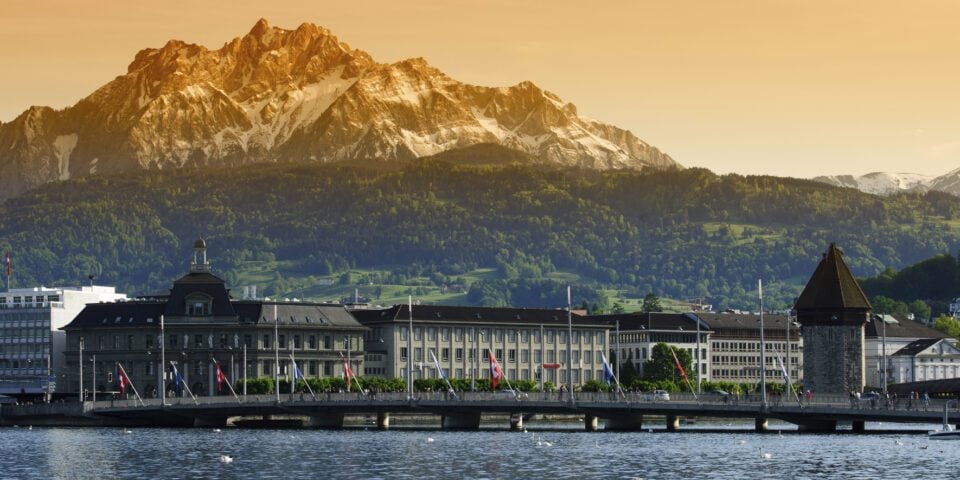The locality of Lucerne (Switzerland) is located in the central part of the country on the Swiss plateau and is the administrative center of the canton of the same name. On the site of the modern city, the first settlements appeared during the heyday of the Roman Empire. However, the official date of the settlement’s formation is 1178. Until then, Lucerne was a large village. The city of Lucerne is located on the shores of a picturesque lake, it is called the cradle of Switzerland. Here are three cantons, whose representatives concluded an agreement in the summer of 1291, which was the beginning of the creation of one of the most successful states in the world.
General information
The city of Lucerne in Switzerland was founded in the 8th century in the northern part of Lake Firwaldstät, where the Benedictine monastery used to be located. The settlement was the first to join the Swiss Confederation, today it is a small resort town with excellent European infrastructure, where tourists from all over the world like to come. Lucerne is considered one of the most interesting and beautiful cities in Switzerland. This is a place for those who do not like and do not know how to relax away from civilization.
This is interesting! Lucerne received the status of a gateway to the central part of Switzerland. This city is associated with a huge number of local legends and fairy tales. Mention of the settlement is found in the stories of William Tell.
Tourism appeared here in the 19th century, Mark Twain liked to come here, after visiting Lucerne, the writer called for the return of the tourist trade and souvenir business. Fortunately, the writer’s opinion was listened to, and thanks to this, the town is developing and thriving. Today, the city’s population is 81.5 thousand people.
Lucerne has the best location for exploring the central part of Switzerland. From the city, you can easily reach the mountain peaks (Pilats, Stanserhorn and Rigi) and small interesting villages. In addition, Lucerne itself is attractive for travelers: it combines futuristic and traditional architecture in harmony. A boat ride on the lake is a mandatory program for city guests.
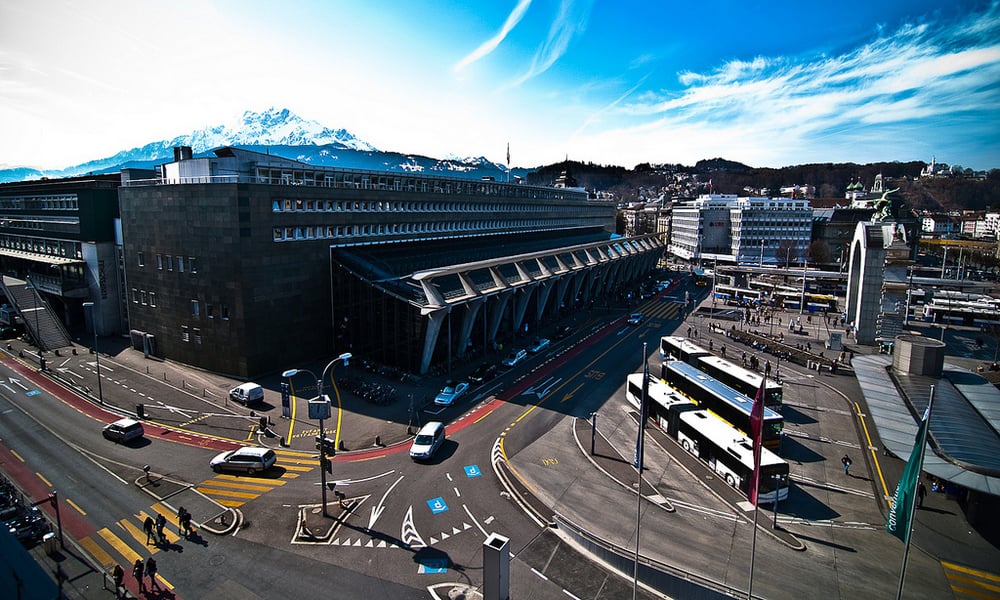
Given that Lucerne is a resort town, there are many shops here. The most popular souvenir shop is Casanrande, where they sell everything that Switzerland is famous for-watches, knives, chocolate. There is an SBB Rail City shopping center right next to the train station.

Lucerne, photo of the city.
Attractions
Lucerne is a small chamber town located on the shore of a picturesque lake and is justly proud of its exceptional number of historical, architectural and natural attractions. This is where the most modern Transport Museum is located, as well as a unique Glacier Garden, where you can see that Switzerland was once part of the tropics and many other interesting places.
On a note! Lucerne is a compact city, so you can get around all the sights on foot. When going on a trip, be sure to make a list of attractions in Lucerne with photos and descriptions.
Mount Pilatus
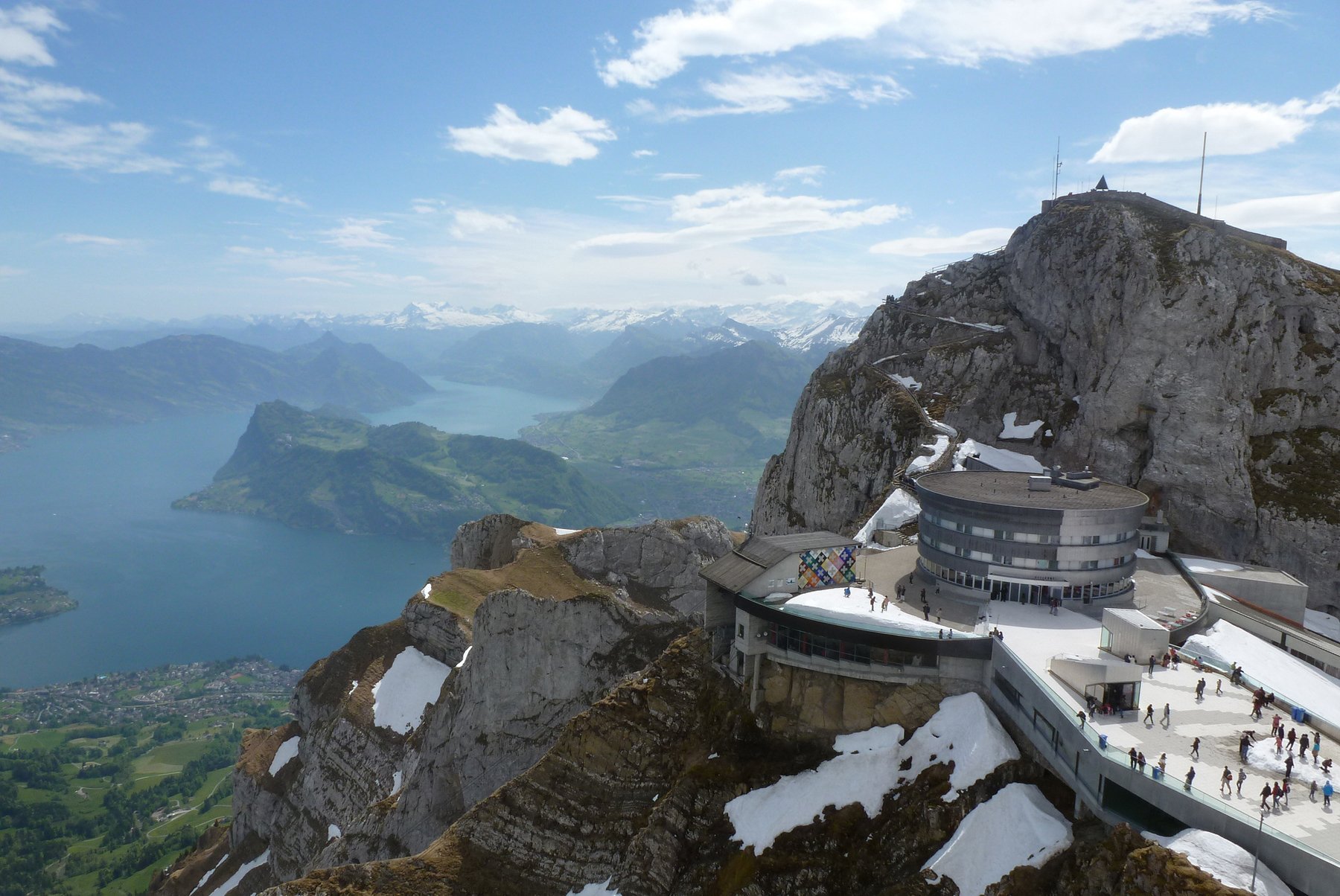
At an altitude of just over 2 km, tourists are offered a wide range of entertainment options. Pilatus is a great holiday destination for those who want to experience the splendor of the Alps, but do not want to give up city life.
Interesting to know! In translation, Pilatus means-felt hat.
There are several ways to get to the top:
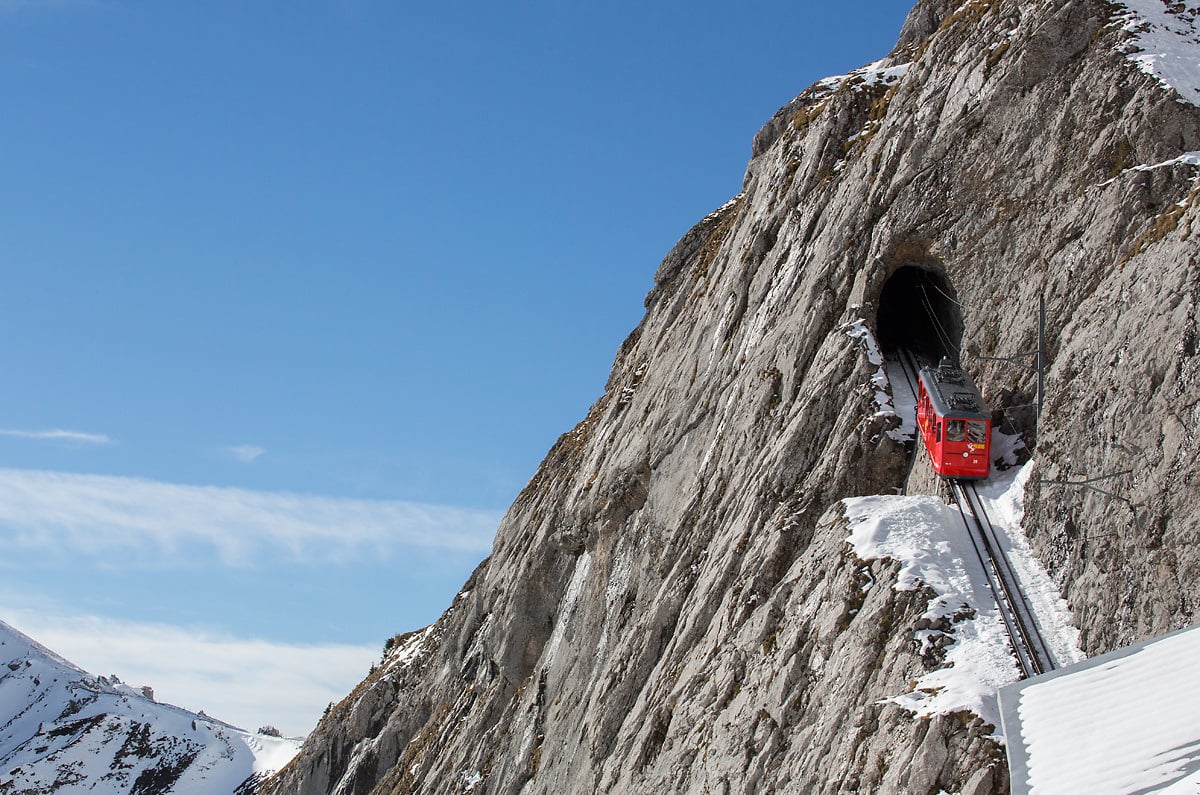
- by train – this is the most exciting way, the journey takes about 30 minutes, a round trip ticket will cost 72 francs;
- take trolleybus 1 from Lucerne to Krins and take the cable car to the top of the mountain, which takes 30 minutes;
- physically fit people can go up the mountain on foot, it will take about 4 hours.
Useful to know! There is a lot of entertainment on the top – a cable car park, a snow park, a Powerfan attraction, rock climbing. Restaurants are open, and hotels accept tourists.
For more information about the mountain, see this page.
Vihrwaldstät Lake
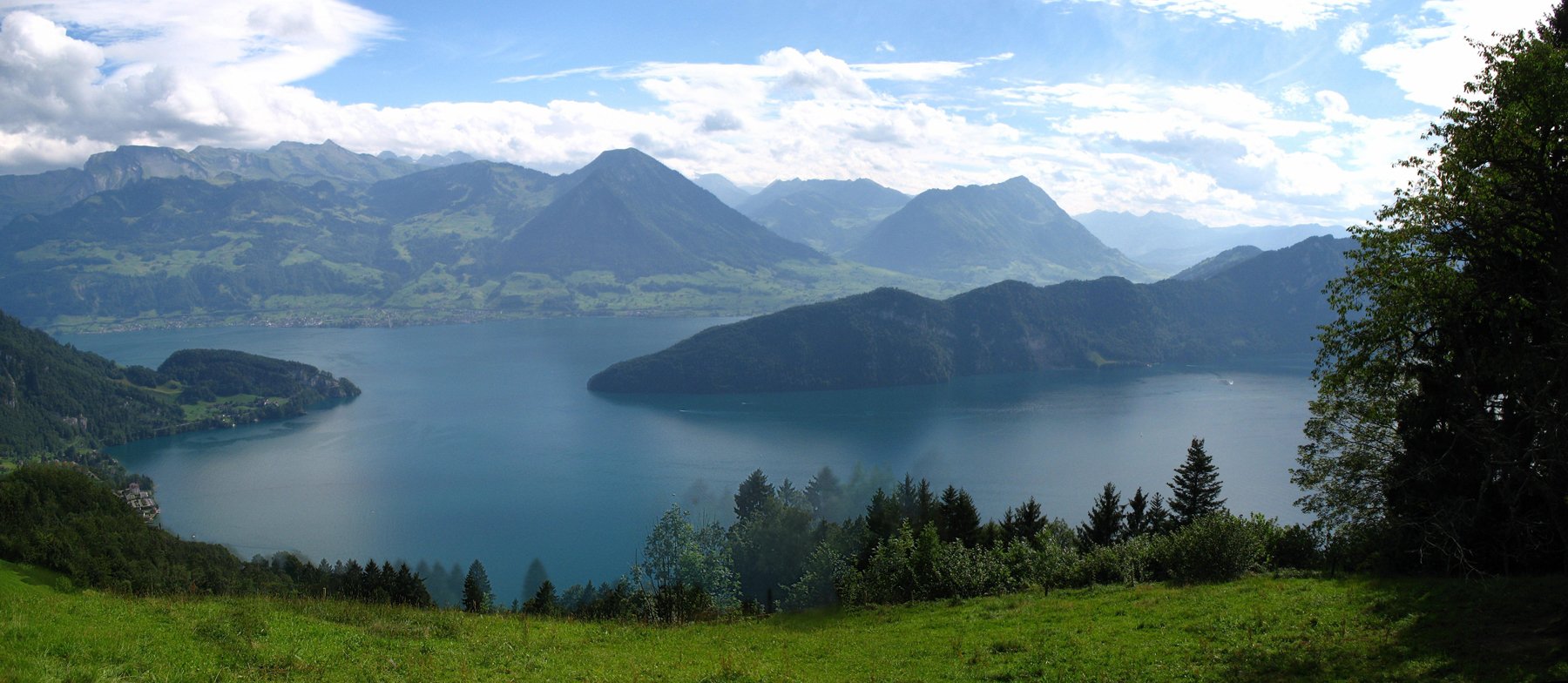
On the Lucerne sightseeing map, the legendary lake with its unique cross shape occupies a special place, as it is considered a symbol of Switzerland. To enjoy the view of the lake surface, it is best to climb to the top of Pilatus. You can also take a cruise ship ride on the lake. While vacationing in the city, you should definitely walk along the picturesque embankment, visit a cozy cafe and look at the beautiful swans.
On a note! Lake Lucerne is also called the Lake of the Four Cantons, as it is located in four regions of Switzerland.
The best time to visit the lake is August 1. On this day, in honor of the formation of Switzerland, a salute is organized on the lake. The cost of cruise tickets varies depending on the duration of the trip – from 20 to 50 CHF.
On a note! About Lake Liman, or Geneva, read on this page.
Mount of Rigi
Locals call her the Queen of the Mountains. Here, in the 70s of the 19th century, the mountain cog railway was launched, which connected the peak with the station in Witznau. Until then, the mountain could only be climbed on foot. From the top point, you can see the central part of Switzerland.
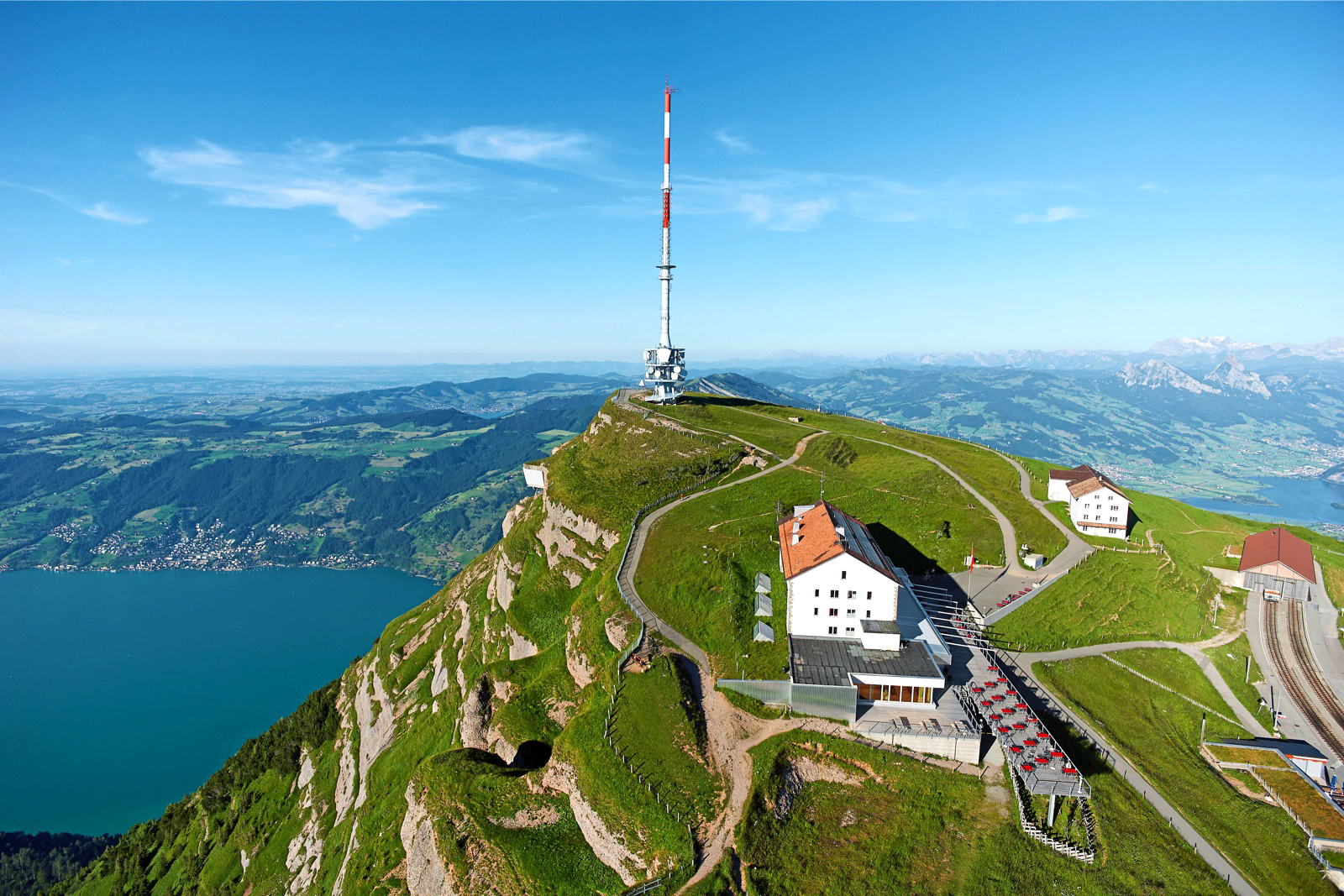
How to get to the top of Rigi:
- on the Weggis cable car;
- trains from Art Goldau station;
- trains from Vitznau.
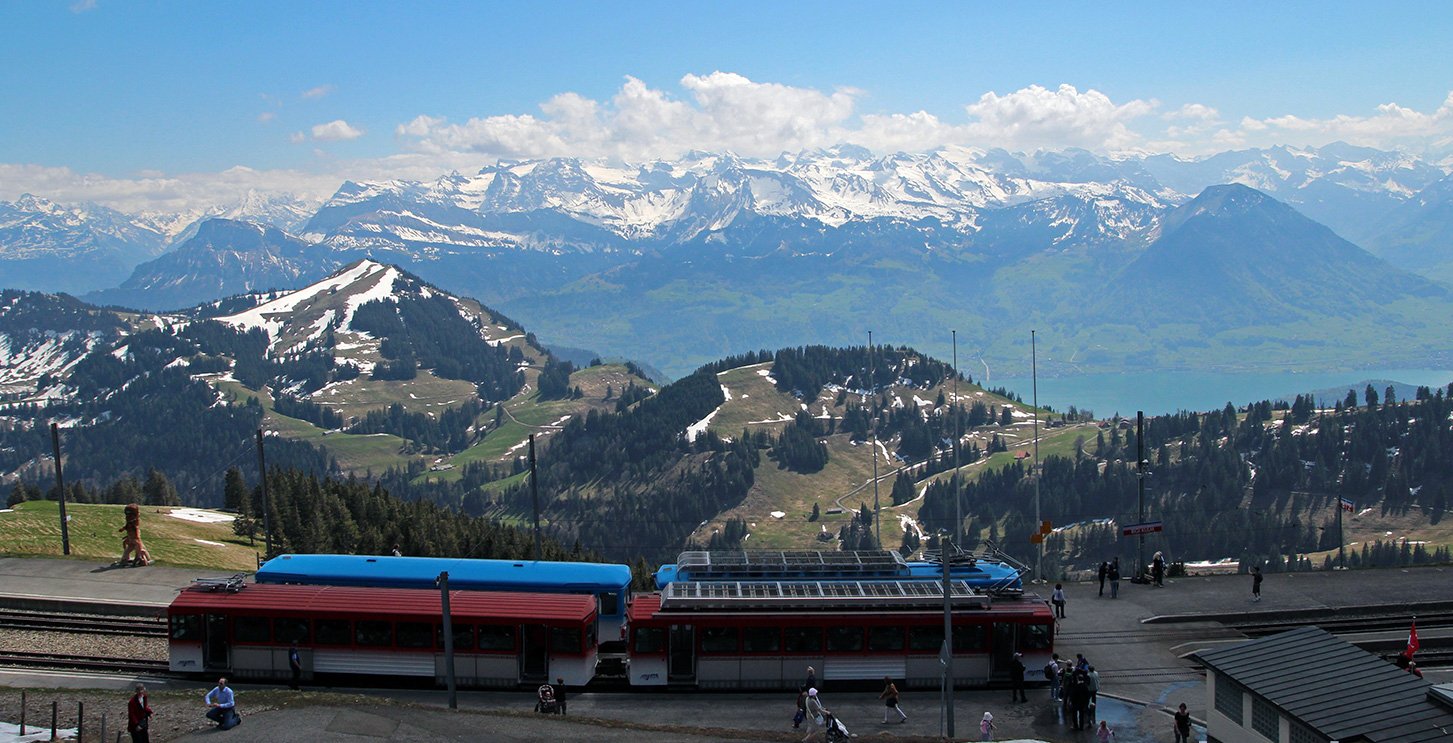
The ascent duration is 40 minutes. Round-trip ticket costs from 53 to 72 francs, depending on the starting point. You can purchase a day ticket. Prices depend on the availability of additional services included in the ticket. All prices and schedules can be viewed on the official website www.rigi.ch/en.
Entertainment in Rigi:
- luge track;
- ski;
- hiking experience;
- thermal baths.
Kappellbrücke Bridge
This landmark of Lucerne in Switzerland is named after the Chapel of St. Peter, it is from it that the history of the development and formation of the city began. The chapel is located in the old part of the city, next to an old wooden bridge built in the middle of the 14th century.
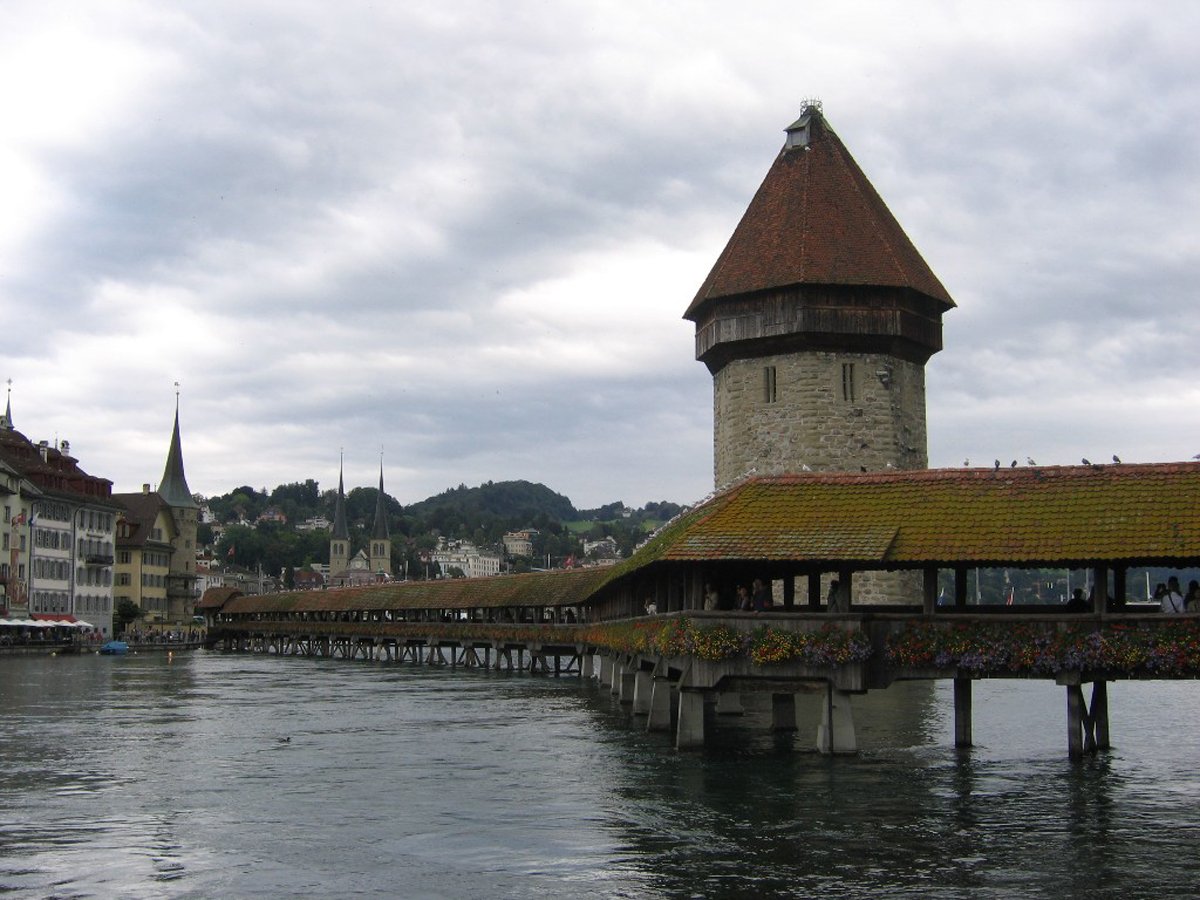
The Kappellbrücke Bridge is not just a tourist attraction, but a symbol of the city, its business card. Its length is 202 meters. The bridge is decorated with unique frescoes dating back to the 17th century. Similar frescoes no longer exist in Europe. As significant as the bridge itself was the fascinating cycle of paintings that decorated it and gave it the necessary depth of character. The bridge was meant to describe how great fortune led to the many achievements of the Old Confederacy. At the edge of the bridge, a water tower was built, which in different years was used as a dungeon, treasury, and today a souvenir shop is open here.
Most of the attraction caught fire on the night of August 18, 1993. All that was saved were two beachheads and a water tower. The rest of the bridge was rebuilt in a record eight months, allowing the “new” Chapel Bridge to be reopened on April 14, 1994. In general, the Chapel Bridge, which is more than 650 years old, initially served not only as a means of pedestrian crossing over the river, but also as part of the city’s fortifications. The bridgehead was the chapel on the right bank and the Frienhof (now extinct) on the left.
Transport Museum
The Transport Museum of Switzerland in Lucerne is the best interactive museum in all of Europe. More than three thousand exhibits cover an area of 40 thousand square meters. m. Here you can clearly trace the history of the development of all types of transport – urban, railway, air and even space. Children will especially like it here. A minimum of 3-4 hours should be allocated for the visit.
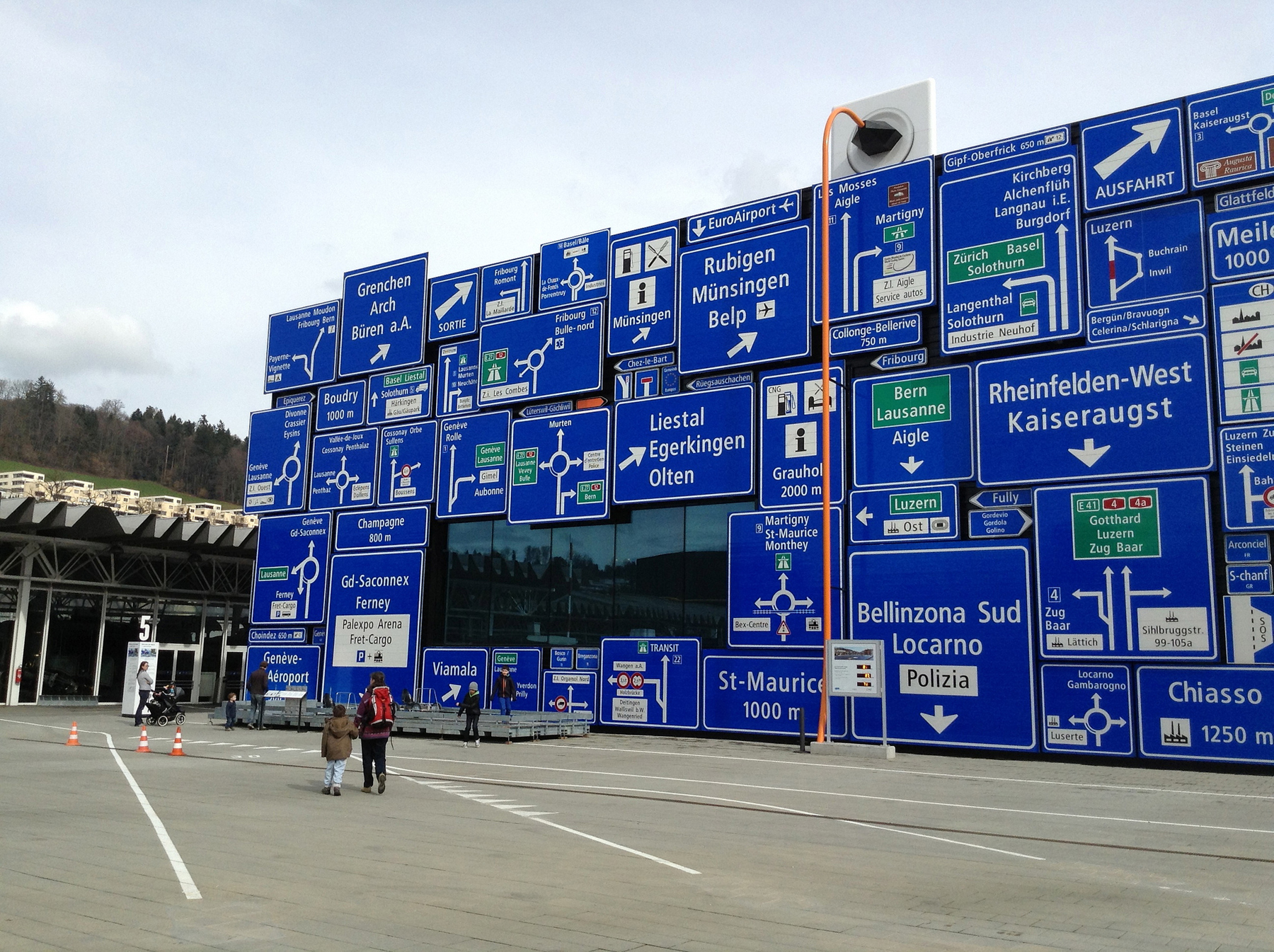
On a note! The museum especially attracts children, because here you can try to drive a locomotive and find yourself on a space station. One exhibition is located on the street.
The attraction is located at Lidostrasse 5. Official website: www.verkehrshaus.ch.

You can visit the museum:
- in summer – from 10-00 to 18-00;
- in winter – from 10-00 to 17-00.
Ticket price:
- adult – 32 francs;
- student loan (up to 26 years old) – 24 francs;
- children (up to 16 years old) – 14 francs;
- Admission is free for children under 6 years of age.
Old Town
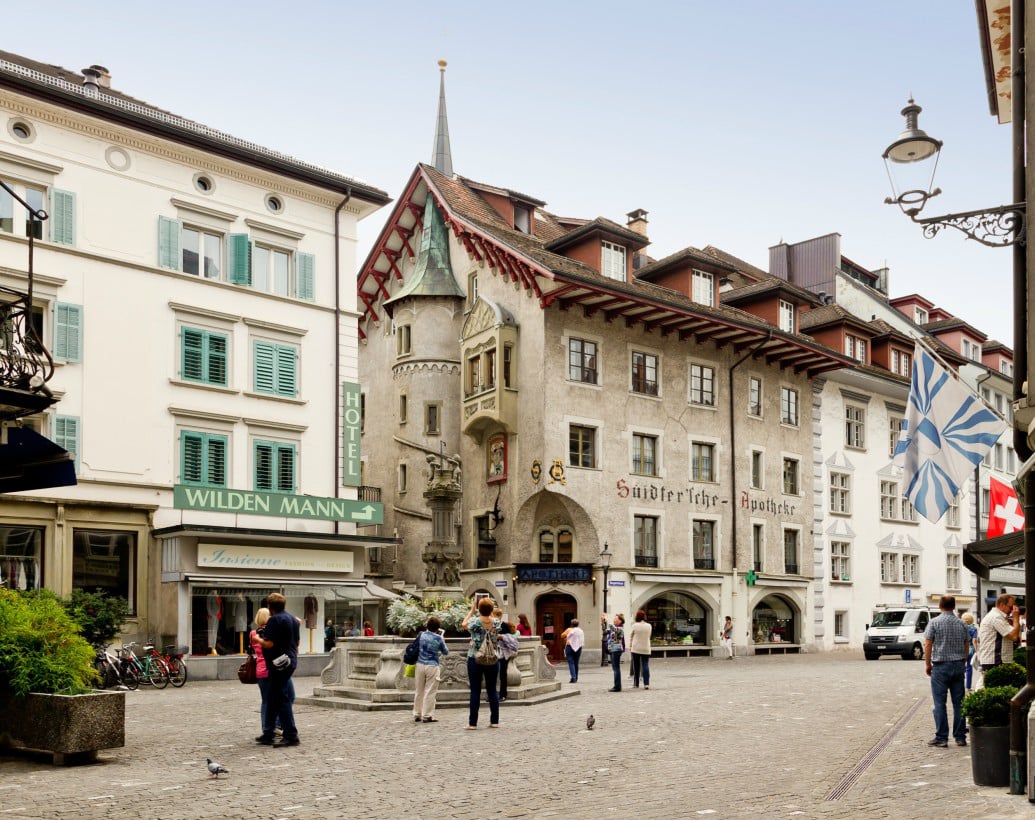
This is the most atmospheric part of Alfalfa. Here, each building has its own history. Be sure to take a walk along the northern bank of the Reuss River, appreciate the beauty of the medieval facades, and visit the small St. Peterskapelle church. The old public market and the town hall are a hundred metres away. Heading west, you will find yourself in the Weinmarkt square, where important ceremonies used to take place.

On the right bank of the Reuss River, the quarters form the Kleinstadt area, which used to be an outpost of the city. Nearby stands the Jesuitenkirche, decorated in Rococo style. To the west is the Knight’s Palace, and behind it is the Franciscankirche. If you walk along Pfistergasse, you can reach another ancient landmark – the Spreuerbrucke Bridge, which is located close to the Historical Museum. Be sure to visit the Hofkirche temple, which was built on the site of the city’s first monastery.
This is interesting! The old part of the city is surrounded by hills fortified by the Museggmauer fortress wall. One of the nine towers is decorated with a clock that is constantly late. Only three towers are open to the public.
Monument to the Dying Lion
This Lucerne attraction is one of the most famous in all of Switzerland. Located at Denkmalstrasse 4.
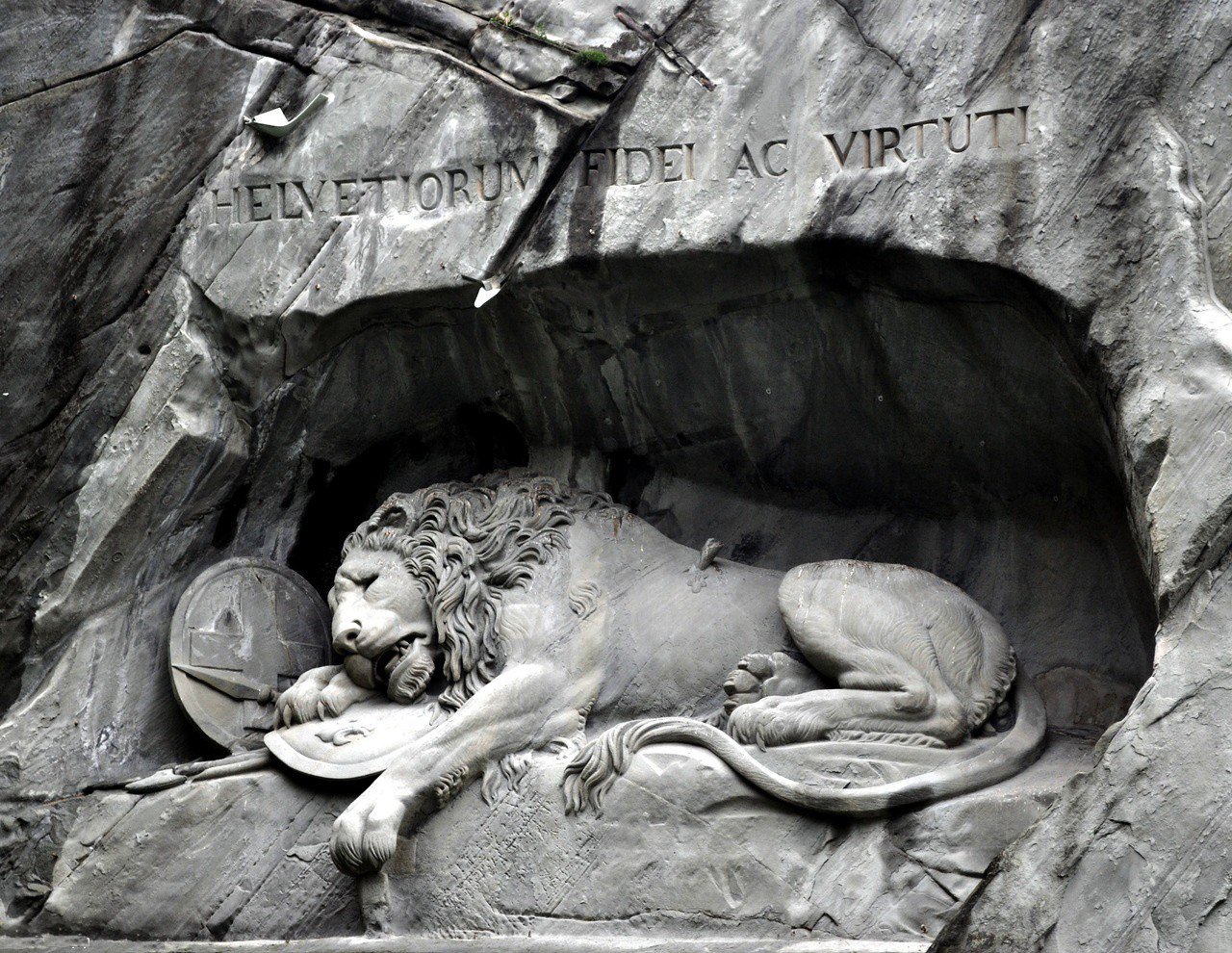
The attraction is a lion figure carved into the rock. The animal is struck down by a spear and covers the coat of arms of Switzerland with its body. An inscription is carved under the monument – for the loyalty and bravery of the Swiss. But what makes Leo so special? A predator that couldn’t be expected to be found in the area of Lake Lucerne? Few of the 1.4 million visitors who visit this Lucerne landmark each year realize the tragedy that lies at the heart of this grandiose work.
August 10, 1792 — a truly dark day for Switzerland, but still part of the country’s history. On this day, some 1,000 Swiss guards in Paris, seeking to protect the life of King Louis XVI, paid the ultimate price for their unquestioning loyalty and unspeakable bravery. What happened? On August 10, 1792, revolutionaries stormed the residence defended by the Swiss, which led to the actual destruction of the guard. The Lion Monument, a powerful memorial, pays homage to the selfless heroes of the Swiss Guard.
The work measures ten meters by six meters and is carved out of sandstone, leaving an indelible impression. Or, as the American writer Mark Twain put it: “The Lion of Lucerne (is) the saddest and most touching stone in the world.”
Rosengart Museum
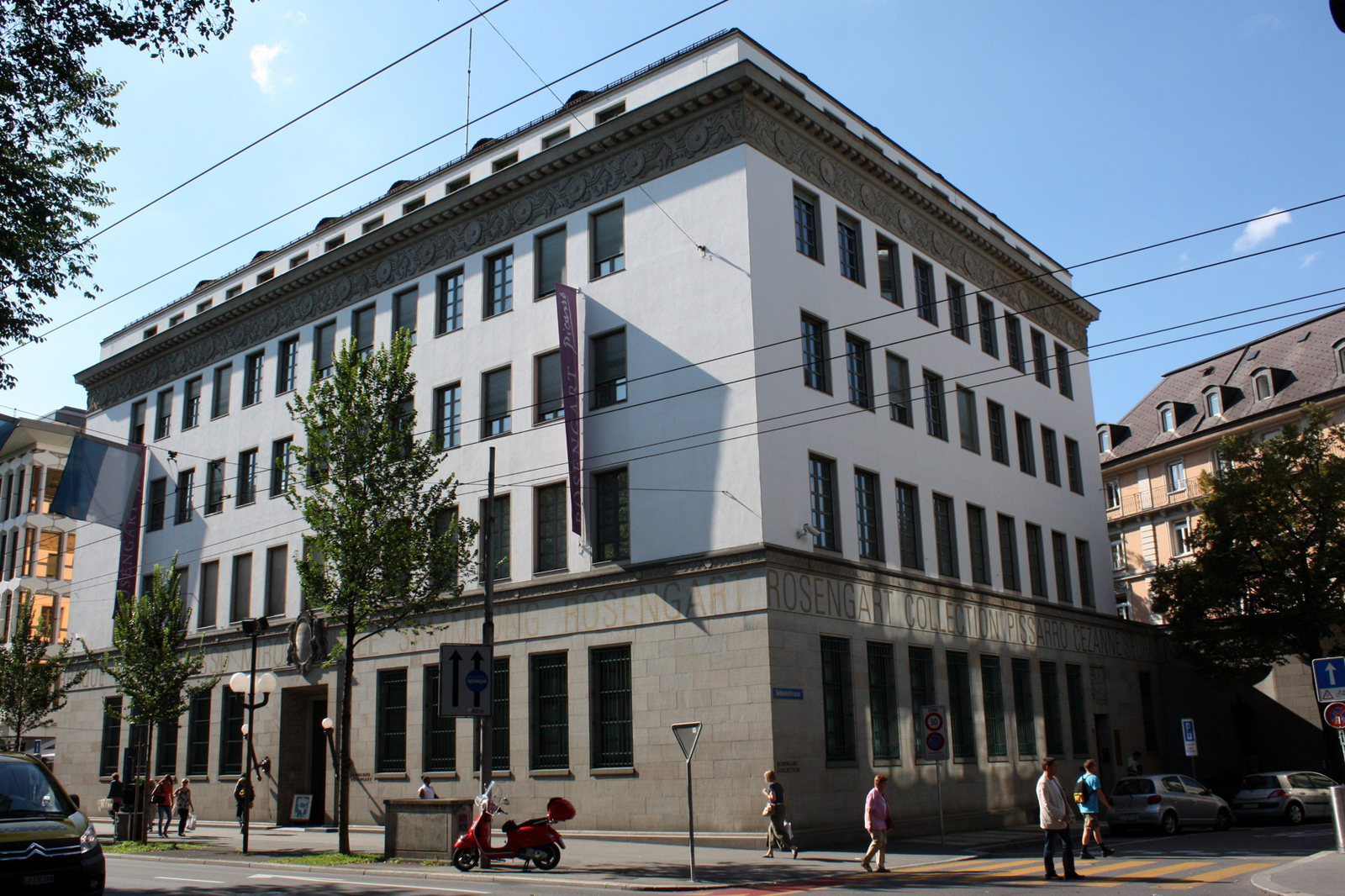
A unique attraction featuring paintings by Picasso, Paul Klee and 23 other Impressionist and classical modern artists. Thanks to the generous gift of founder Angela Rosengart, hundreds of masterpieces of classical modernism and Impressionism are now available to the public at the Rosengart Collection in Lucerne. Previously, these works decorated the private chambers of the Rosengart family.
You can visit the attraction at the address: Pilatusstrasse 10. Opening hours:
- from April to October – from 10-00 to 18-00;
- from November to March – from 10-00 to 17-00.
Ticket price:
- full – 18 CHF;
- for seniors – 16 CHF;
- children and students (up to 30 years old) – 10 CHF.
Website: www.rosengart.ch.
Spruierbrücke Bridge
Despite the rather unsightly name-straw bridge-the attraction attracts millions of tourists. It is the second oldest wooden bridge in Europe, built in the early 15th century. In the 16th century, the landmark was destroyed by a flood and completely restored.
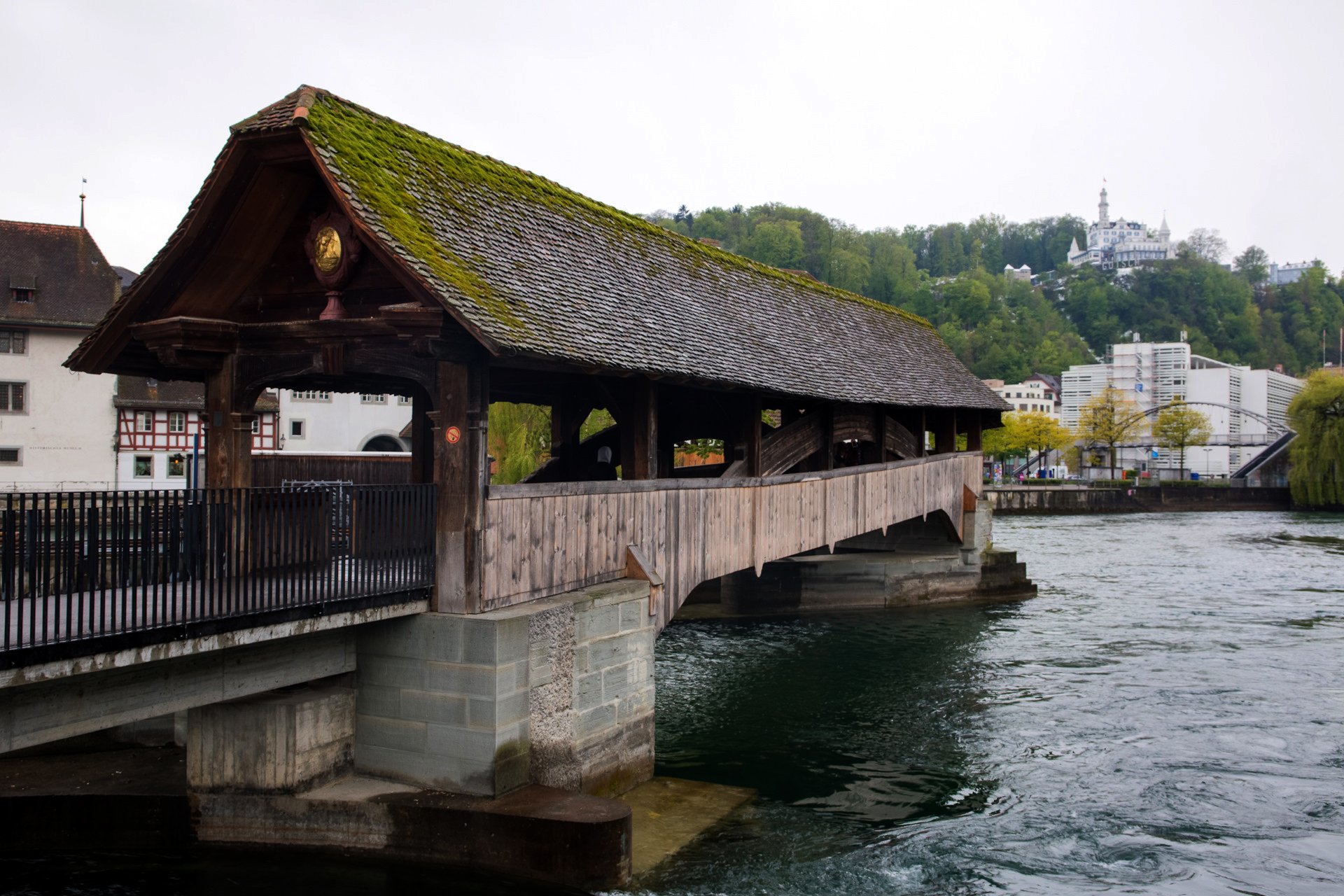
There is a bridge on the Reuss River, next to the Kappelbrücke Bridge. On its roof, you can see unique frescoes from the Middle Ages, the most famous – the dance of Death. From this place, you get the best photos of the city of Lucerne. A chapel dedicated to the Virgin Mary was built near the bridge.
Lutheran Church
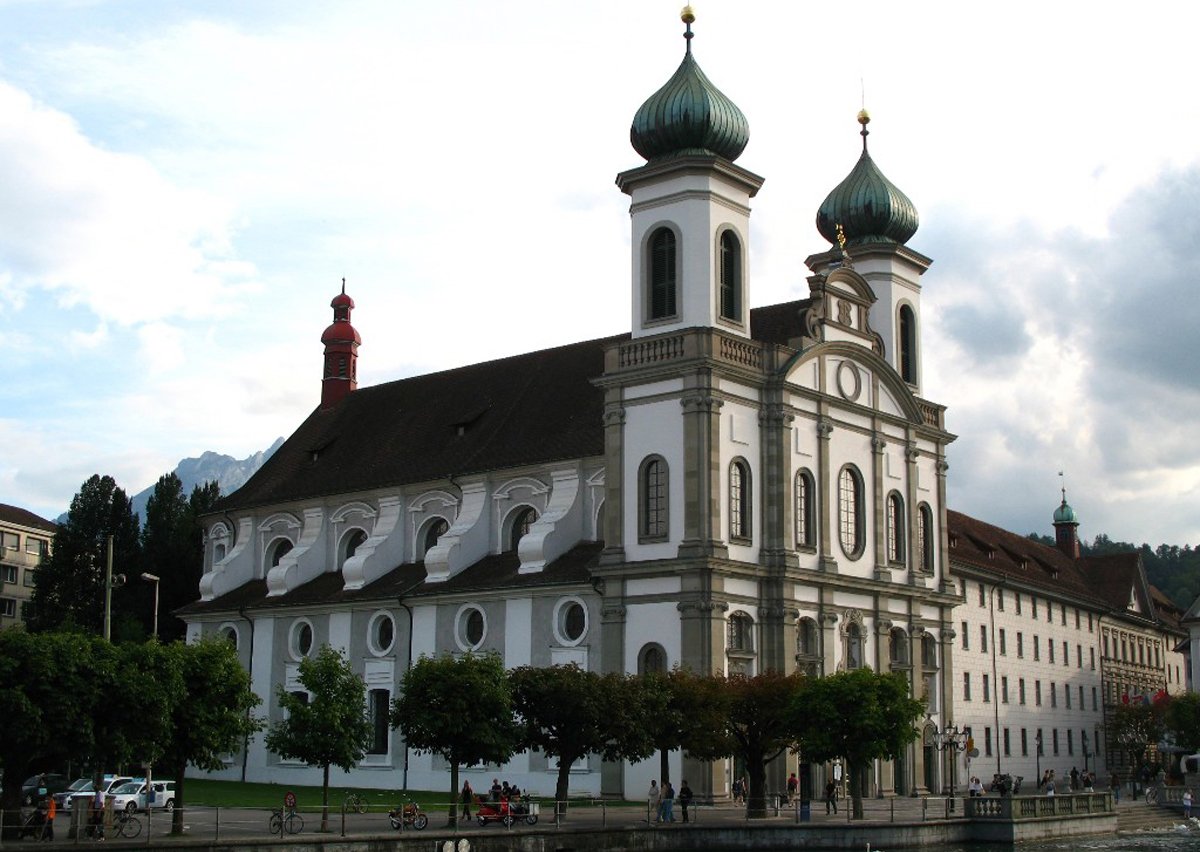
The former school church of the Jesuit gymnasium (before 1773) is not a parish church. The church has 420 permanent seats in the nave, with extra seats, and a maximum of 950 seats (including choir and orchestra) in the galleries.
Un-Swiss refined and luxurious Jesuit church, built in the Baroque style in the middle of the 17th century. The attraction is located next to the Kappelbrücke Bridge. At the end of the last century, a new organ was installed in the church, and you can listen to its sound by attending a concert on a festive day.
Please note! Tourists like to just sit on the steps at the entrance to the church and relax after a walk around the city, putting their feet in the river.
- The attraction can be visited daily from 6-30 to 18-30 (on Monday and Thursday – from 9-30).
- Address: Bahnhostrasse 11a, Lucerne 6003 Switzerland.
Muzeggmauer Fortress
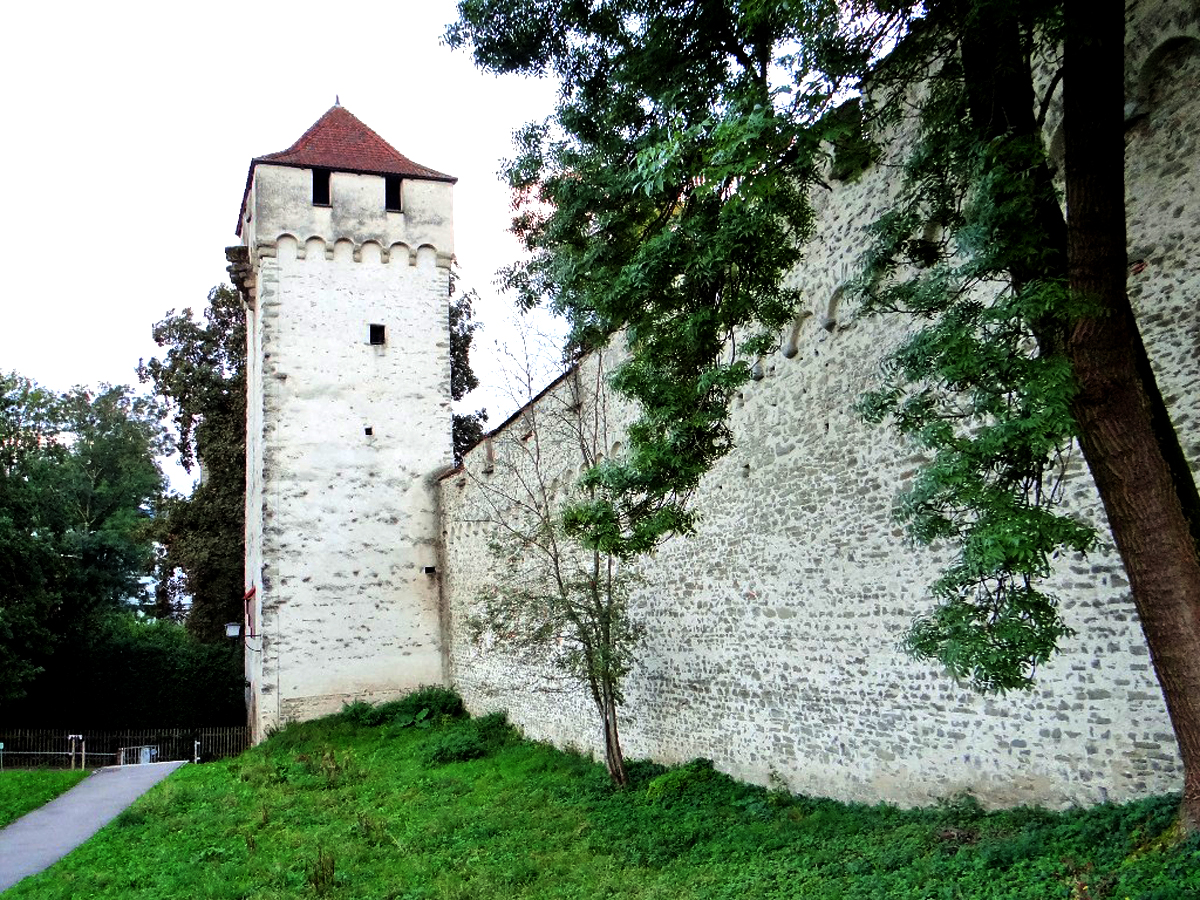
For Switzerland, this is quite a rare attraction, since in other cities of the country most of these structures have been destroyed. Construction of the first fortification was to begin shortly after the city’s foundation, around 1178.
The wall is 870 m long and connects nine medieval towers, but only three can be visited. The appearance of the fortress has not changed much. The top of Manly Tower is decorated with a soldier’s figure, and Lugisland Tower was a watchtower.
- You can visit the towers from 8-00 to 19-00, from November 2 to March 30, the attraction is closed for security reasons.
- Entrance to the attraction is free of charge.
Glacier Garden
The attraction is dedicated to the geological and geographical history of Lucerne. On your journey, you will encounter a variety of time dimensions: you will encounter particles that are 300 or even 1000 million years old. At the same time, you will be on the petrified sea beach of Lucerne, which is 20 million years old and will fall into the ice age 20,000 years ago. Finally, dive into the 19th century at the museum and learn about the multifaceted family history of the founders of the Glacier Garden.
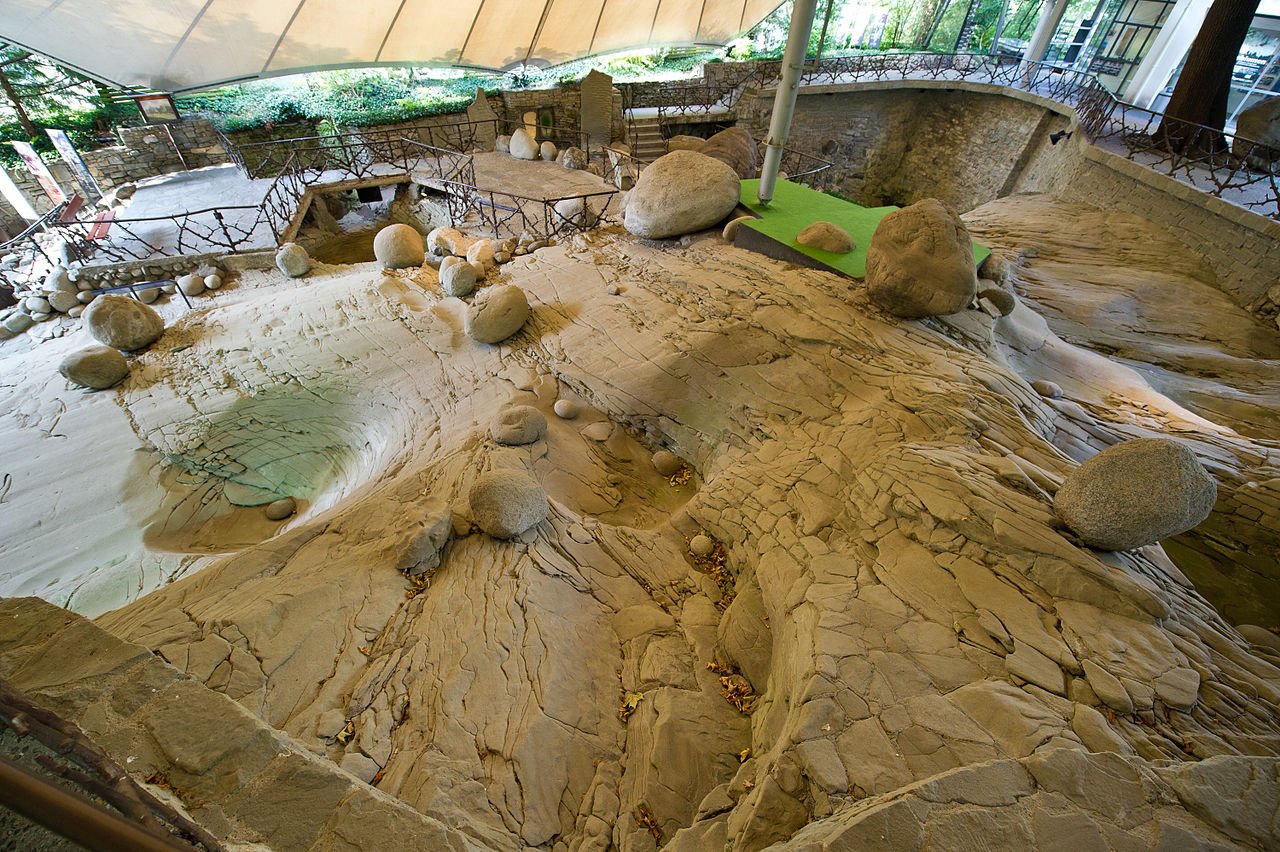
The exhibition clearly demonstrates how the relief of the city and country has changed, as well as models of the most famous natural formations and landscapes of Switzerland.
Guests can walk through the picturesque gardens and climb up to the observation deck. The Mirror Maze is of great interest.
- The attraction is located at Denkmalstrasse 4, Lucerne.
- Opening hours: from April to October-from 9-00 to 18-00; from November to March – from 10-00 to 17-00.
- The garden is open seven days a week and on public holidays.
- Ticket price: 15 francs for adults, 12 for students and 8 for children from 6 to 16 years old.
St. Leodegar’s Church
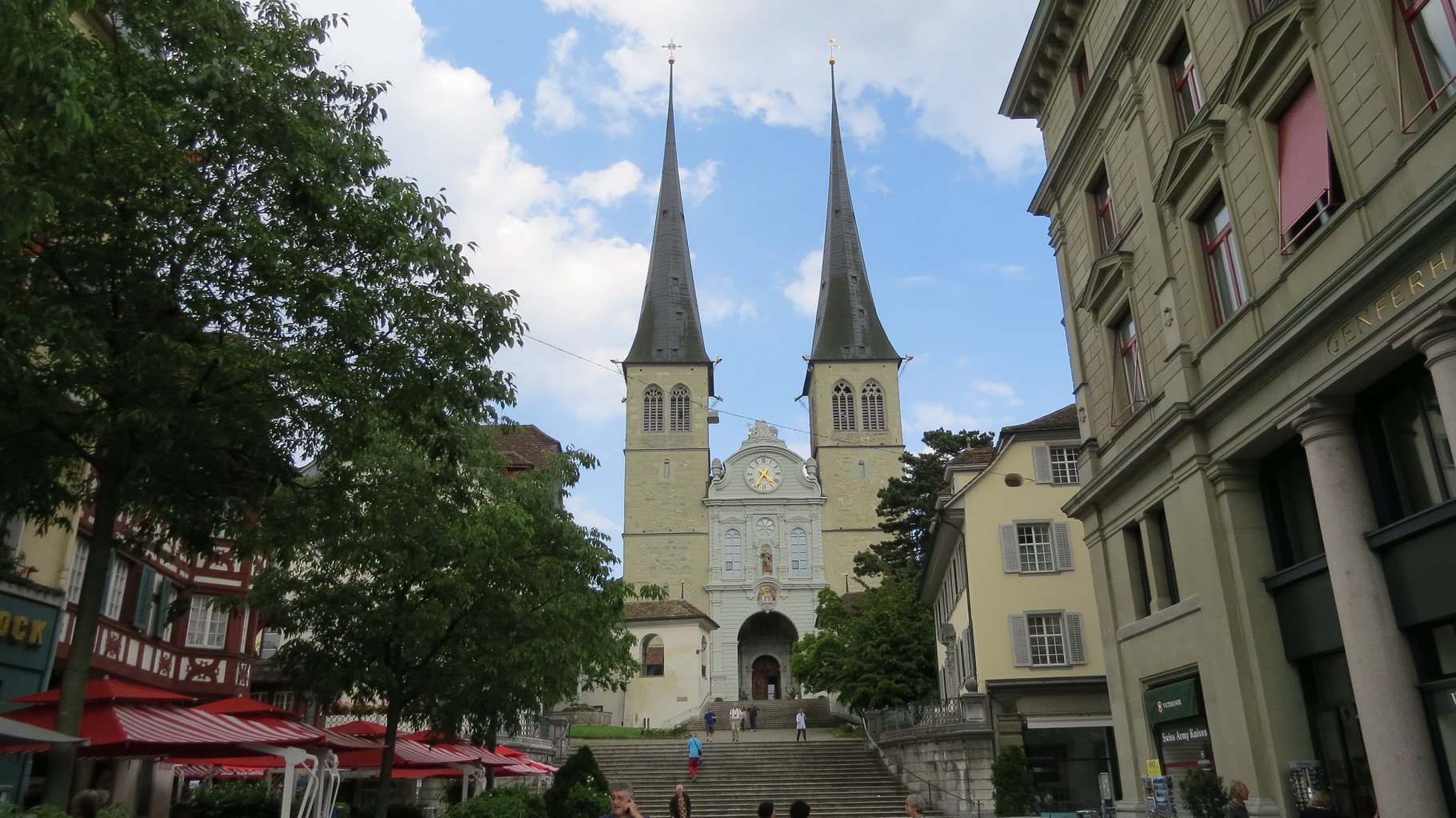
The main temple of the city, built in the middle of the 17th century on the site of a Roman basilica. The building is decorated in the German style, inside there is an altar to the Virgin Mary, which is decorated with black marble. Outside, the temple is surrounded by a gallery of arches and statues of saints. One of the altars of the Hofkirche is dedicated to the Holy Spirit.
- You can visit the church daily from 9-00 to 12-00 and from 14-00 to 16-30.
- It is located at Adligenswilerstrasse, Dreilinden, St. Leodegar im Hof (Hofkirche).
Center for Culture and Congresses
It is included in the list of the most modern and original sights of the city. The building was built in 2000. Inside there is a concert hall with the best sound in Europe, an Art Museum, a congress hall and exhibition rooms.
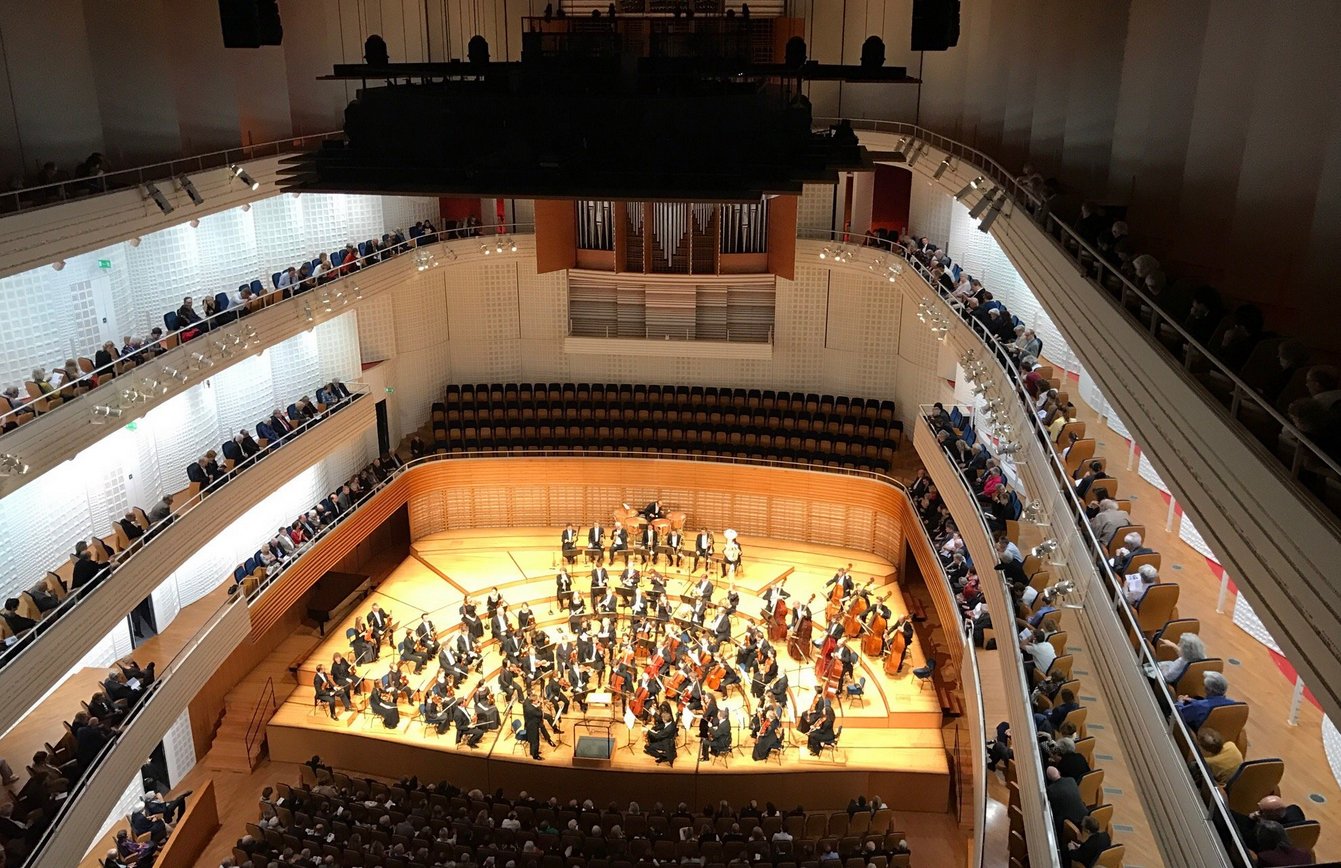
The structure is divided into three parts, with the Reuss River flowing between them. Thus, the architect wanted to emphasize the analogy of the structure with the ship. In the Center, you must::
- visit a unique hall decorated with maple trees;
- explore the exhibits of the Art Museum;
- relax on the terrace.
The property is located at Kultur und Kongresszentrum, Europaplatz 1, Lucerne.
The center is open from 9-00 to 18-00, entrance to the lobby is free.
Kornarkt Square
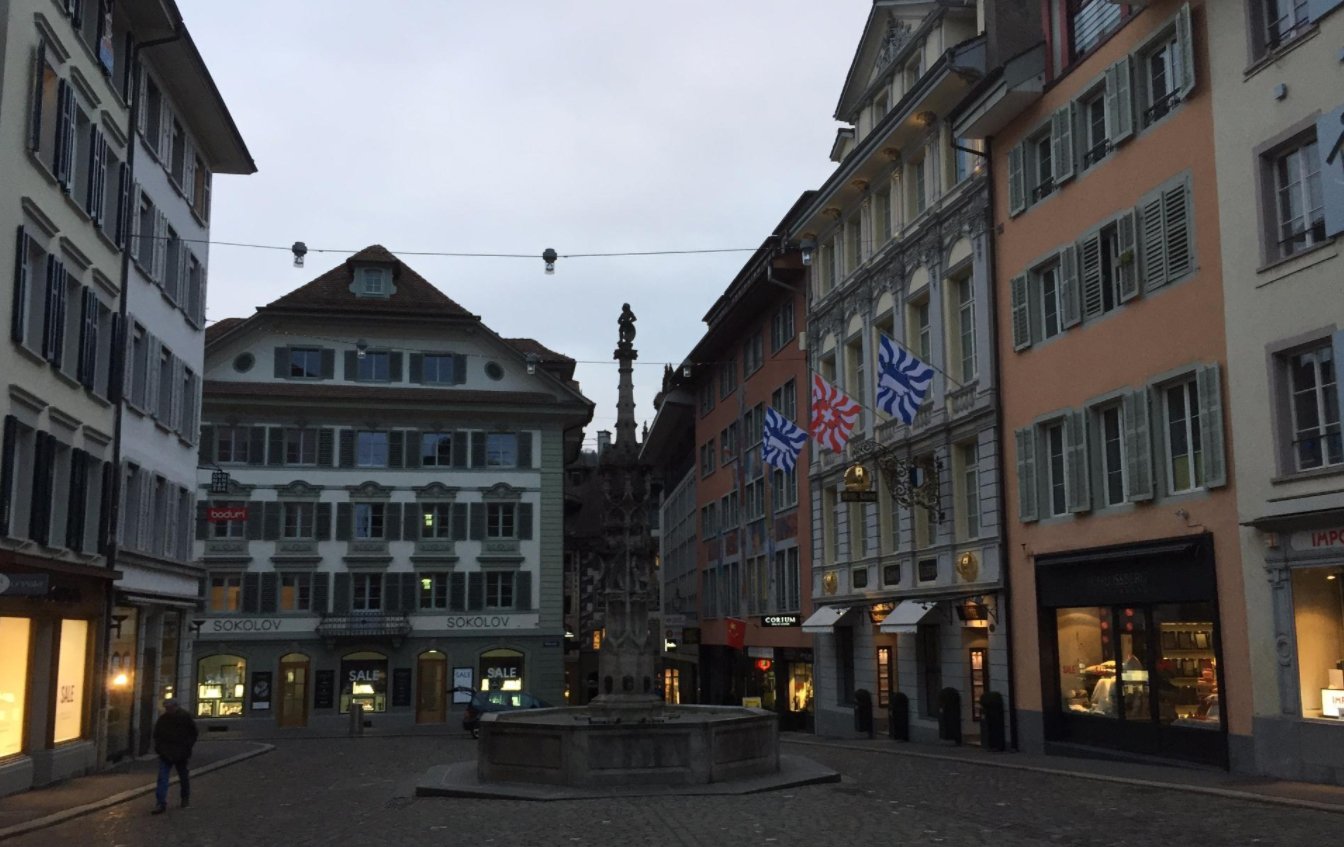
An ancient square that is the heart of Lucerne. You can get here via the Kappelbrücke Bridge. Each house on the square is a magnificent monument of medieval architecture, its facades are decorated with frescoes and original inscriptions. The most notable attraction is the City Hall.
Please note! There are a huge number of shops and boutiques here, so shopping lovers come here for shopping.
Where to stay
The city is popular with tourists, so in high season, it is better to book a hotel room in advance. If you want to save on your accommodation, Lucerne is the best place to go in the fall.
There are many hotels in the city with different levels of comfort. Of course, the cost of living is quite high, but this is not surprising, given the high standard of living in Switzerland.
Prices for accommodation in three-star hotels:
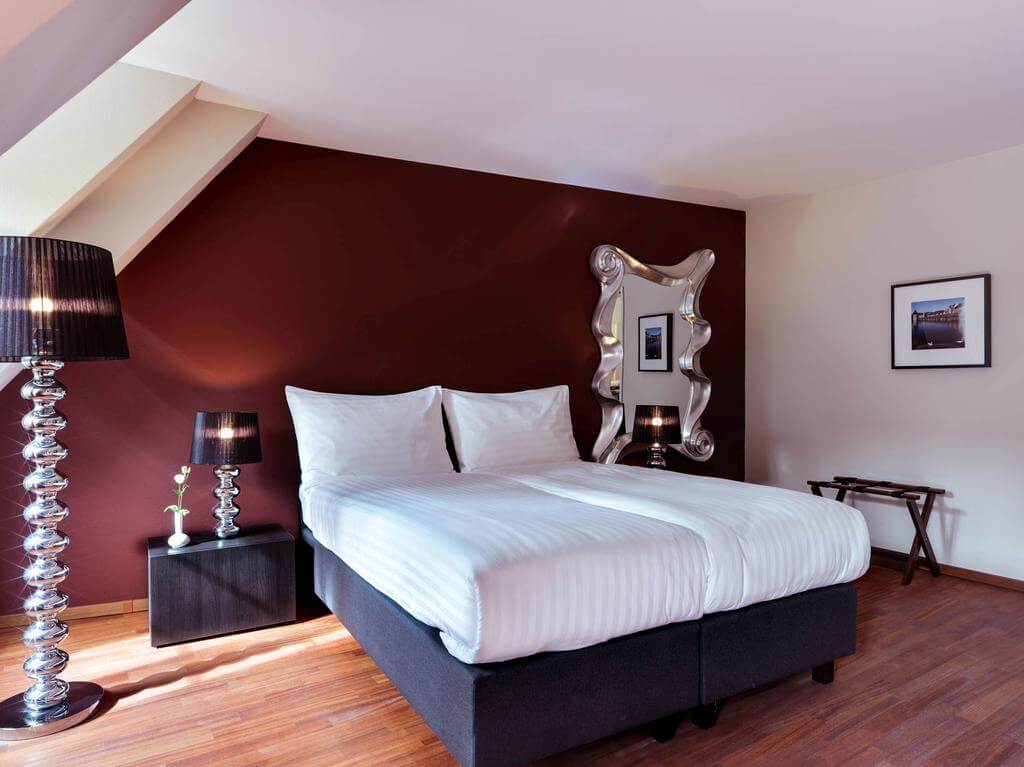
- Aparthotel Adler Luzern-located in the city center, room rates start from 110 francs.
- Seeburg Swiss Quality Hotel-located 2.5 km from the center, the price for a double room starts from 125 CHF.
- Hotel Fox-900 m from the center, room costs from 90 CHF.
Lucerne hostel rates:
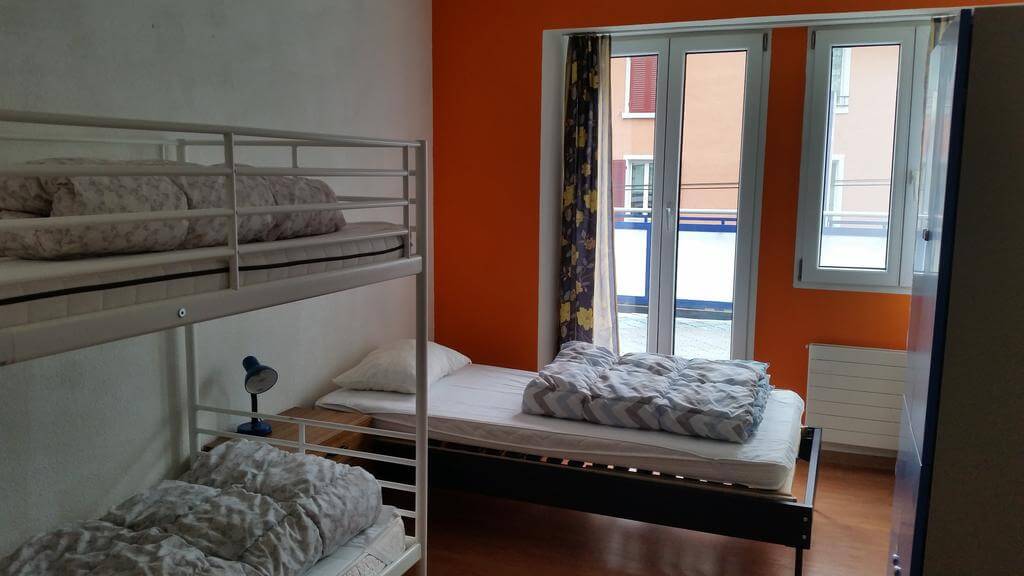
- Bellpark Hostel-located 2.5 km from the city center, a bed in a shared room for 5 people costs from 35 CHF (breakfast included), a private room – from 99 CHF.
- Luzern Youth Hostel-located 650 m from the center, bed price starts from 42 CHF (breakfast included).
Where to eat and how much it costs
The city’s chain of restaurants and cafes is undoubtedly a Lucerne landmark. The idea of the resort will be incomplete if you do not get acquainted with the local cuisine.
Interesting fact! Lucerne has about 250 of the best restaurants in Switzerland.
Best cheap places in Lucerne
| Title | Address | Features | Average check for 2 people, CHF |
|---|---|---|---|
| Bolero at the Cascada Swiss Quality Hotel | Bundesplatz, 18, near the center | The menu offers Mediterranean, Spanish and Mexican cuisine. Visitors are given interactive tablets with descriptions and photos of dishes. Be sure to try the paella. | 70-100 |
| La Cucina | Pilatusstrasse 29, city center | The restaurant specializes in Italian, Mediterranean and European cuisine. There is a vegetarian menu. We recommend you try carpacho soup and chocolate mousse. It is better to book a table in advance. | 80-100 |
| Mamma Leone | Muehlenplatz, 12 | Italian cuisine restaurant. Delicious pasta and pizza are prepared here. Children are offered pencils and sketchbooks as entertainment. | 70-90 |
| GourmIndia | Baselstrasse, 31 | The restaurant serves Indian and Asian cuisine and has a vegetarian menu. Colorful, authentic interior in Indian style. It is located quite far from the center, so it is quiet and sparsely populated. | 70-90 |
Useful information! Potcnm in a fast food restaurant will cost 15 Swiss francs. Coffee costs an average of 5 francs, water 0,33 – 3,5-4 a bottle of beer – from 5 to 8 francs.
How to get to Lucerne from Zurich
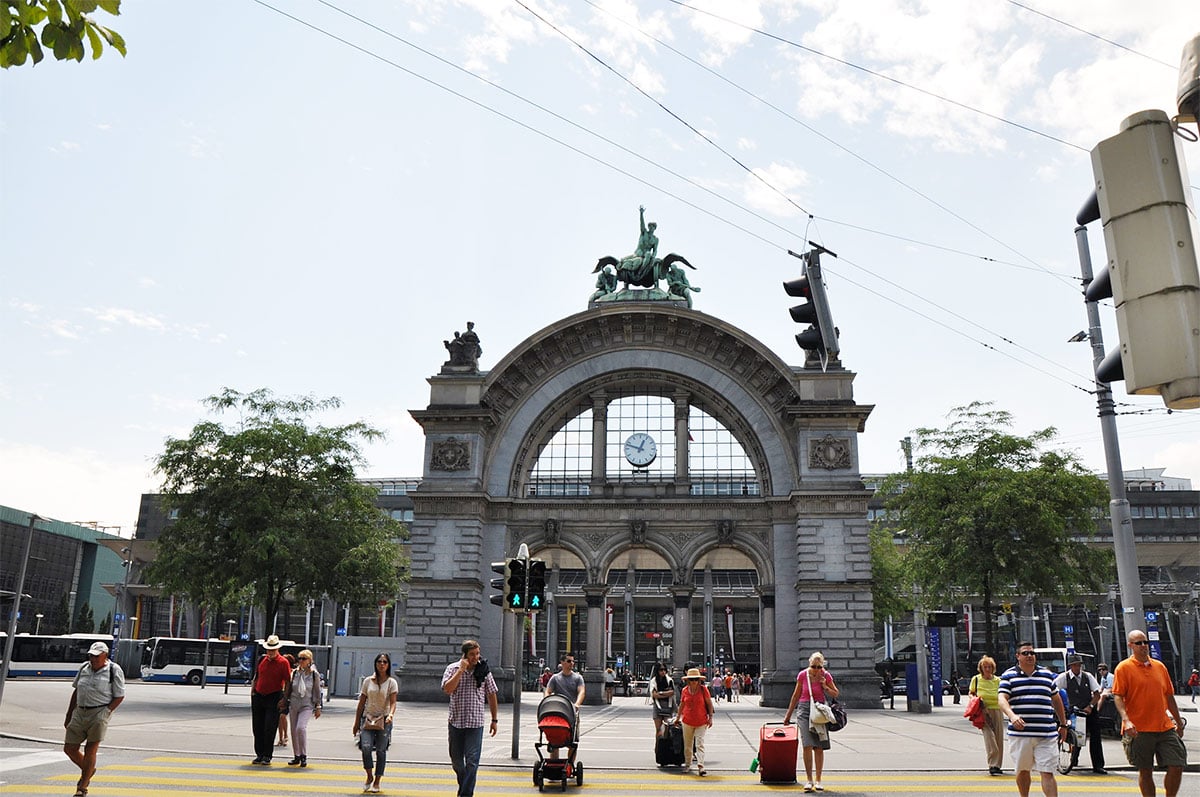
The easiest and fastest way to get from Zurich to Lucerne is by train. From 5: 35 am to 00: 39 am, 2-4 trains per hour depart from Zurich Central Station towards the resort. The average travel time is 50 minutes. The cost of tickets depends on the class of car and route – from 7.00 to 22 francs.
You can get to Lucerne directly and with transfers:
- one stopover in Zug (1 hour drive);
- two transfers – in Zug and Talwil (the road takes 1 hour and 23 minutes).
It is better to check the timetable and ticket prices in advance on the official website of the Swiss railway — www.sbb.ch. You can also purchase travel documents here.
Please note! If you plan to stay in Zurich for a long time, find out here what sights are worth seeing first. And how you can save money in Switzerland is described in this article.
Interesting facts about Lucerne
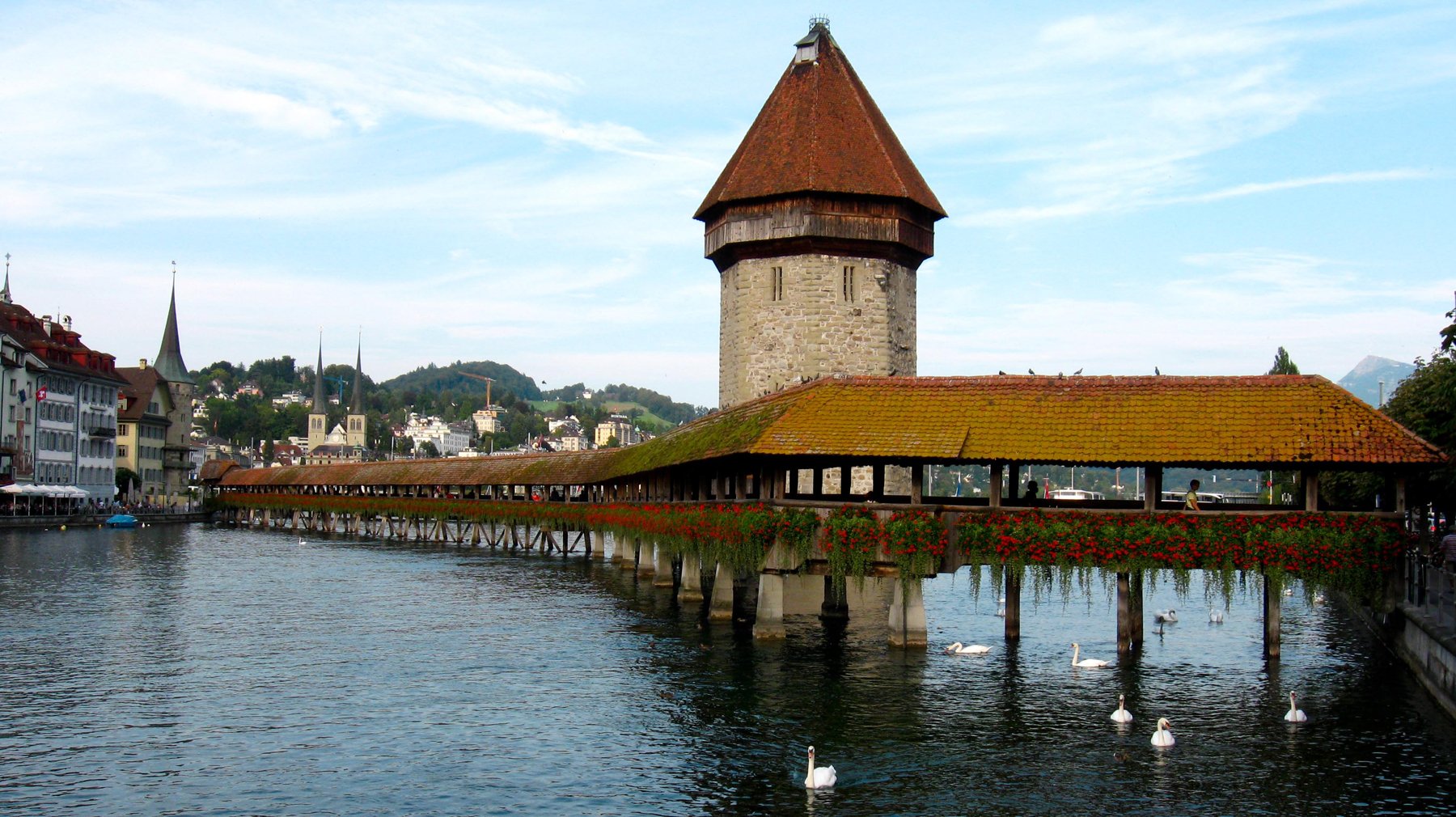
- The name of the city in translation means-radiating light, this name is associated with an amazing legend-once an angel came down from heaven and a sunbeam showed the villagers where to build a chapel. It was here that the city of Luciaria was founded.
- The local hotel Villa Honegg is famous for the fact that in cold weather, vacationers on the terrace do not distribute blankets, but fur coats.
- In the city of Lucerne, the steepest railway is laid – its slope is 48 degrees and it goes to the top of Mount Pilatus.
- According to legend, the locals ‘ favorite pets were lions. In the Town Hall there is a sign prohibiting the walking of lions on its territory.
- The city is notable for its original inscriptions directly on the facades of houses. For example, one of them says-there is no medicine that saves from feelings.
- In the historical film “Alexander Nevsky” you can see the bridge, which is an exact copy of the Chapel Bridge in Lucerne. A scene from the movie” Goldfinger ” starring Sean Connery was shot in Lucerne.
- Audrey Hepburn and Mel Ferrer were married in the chapel on Mount Burgenstock. And Sophia Loren was so captivated by the city that she bought a house here.

